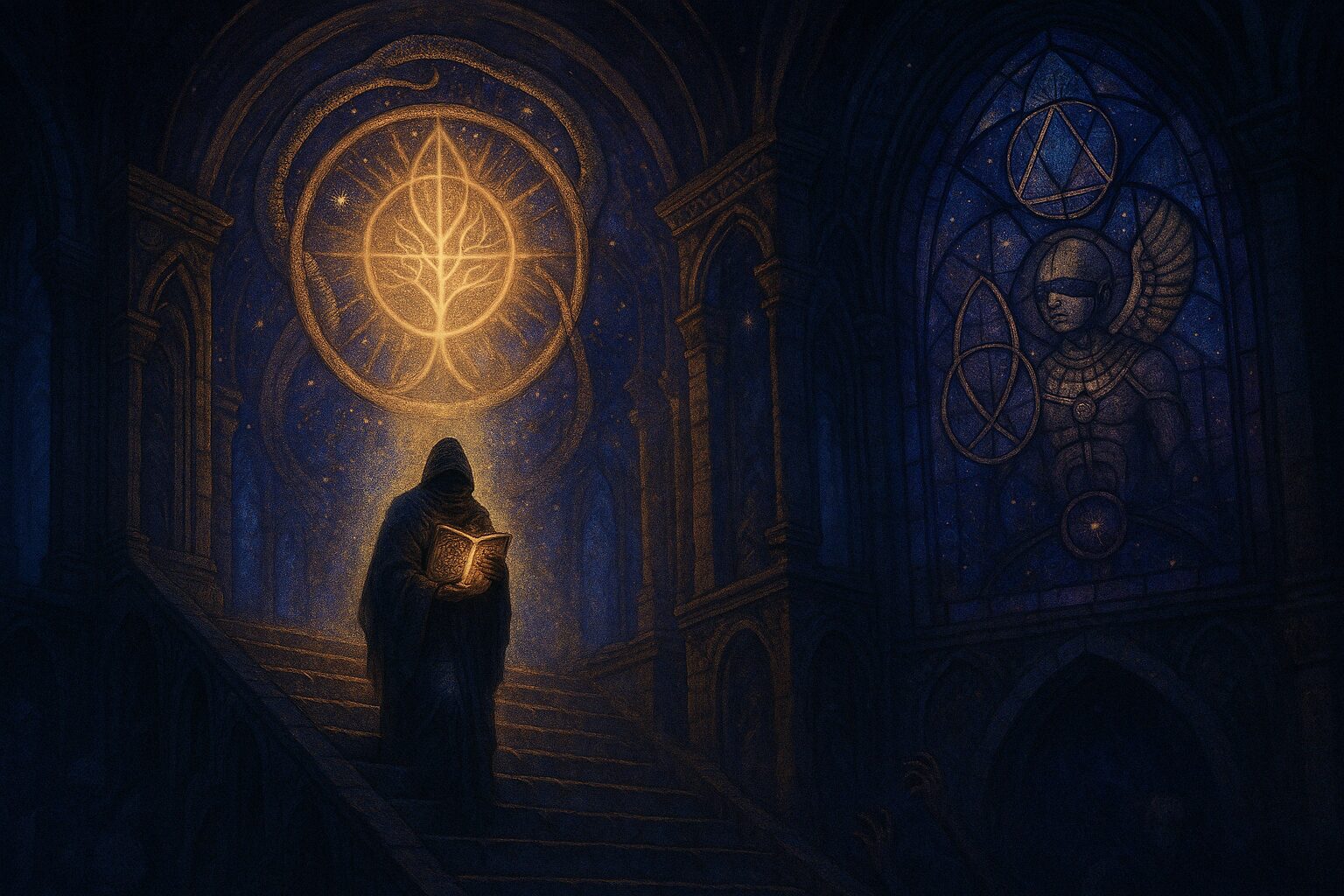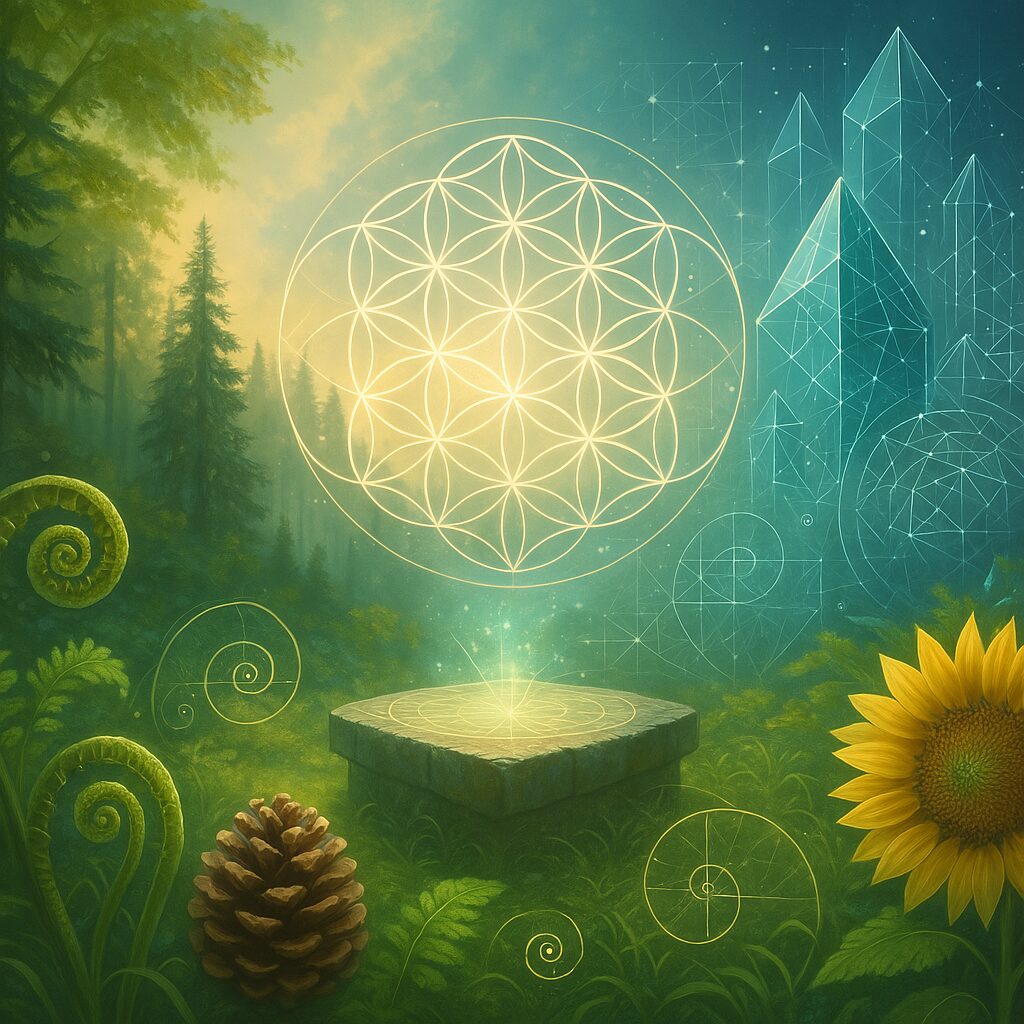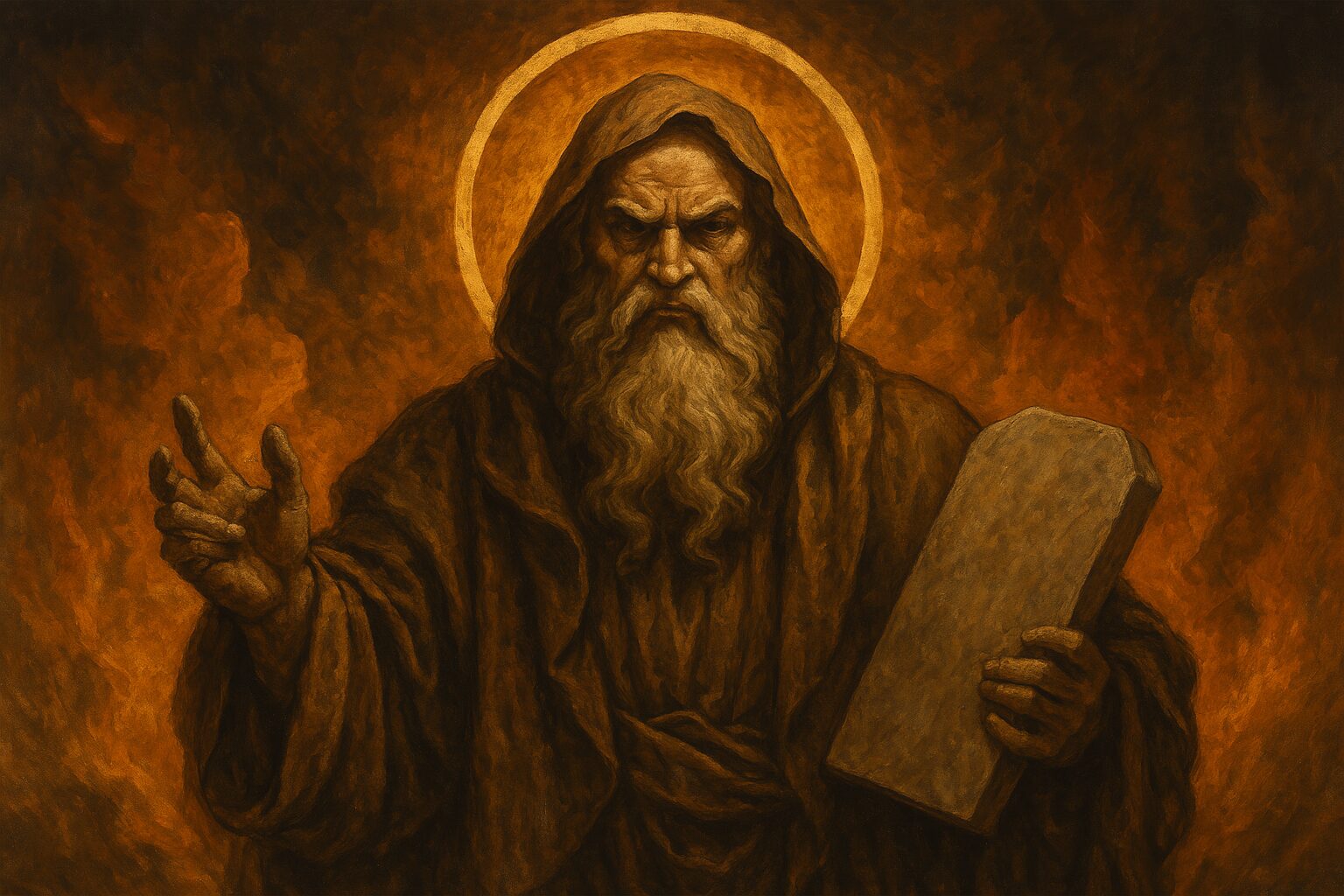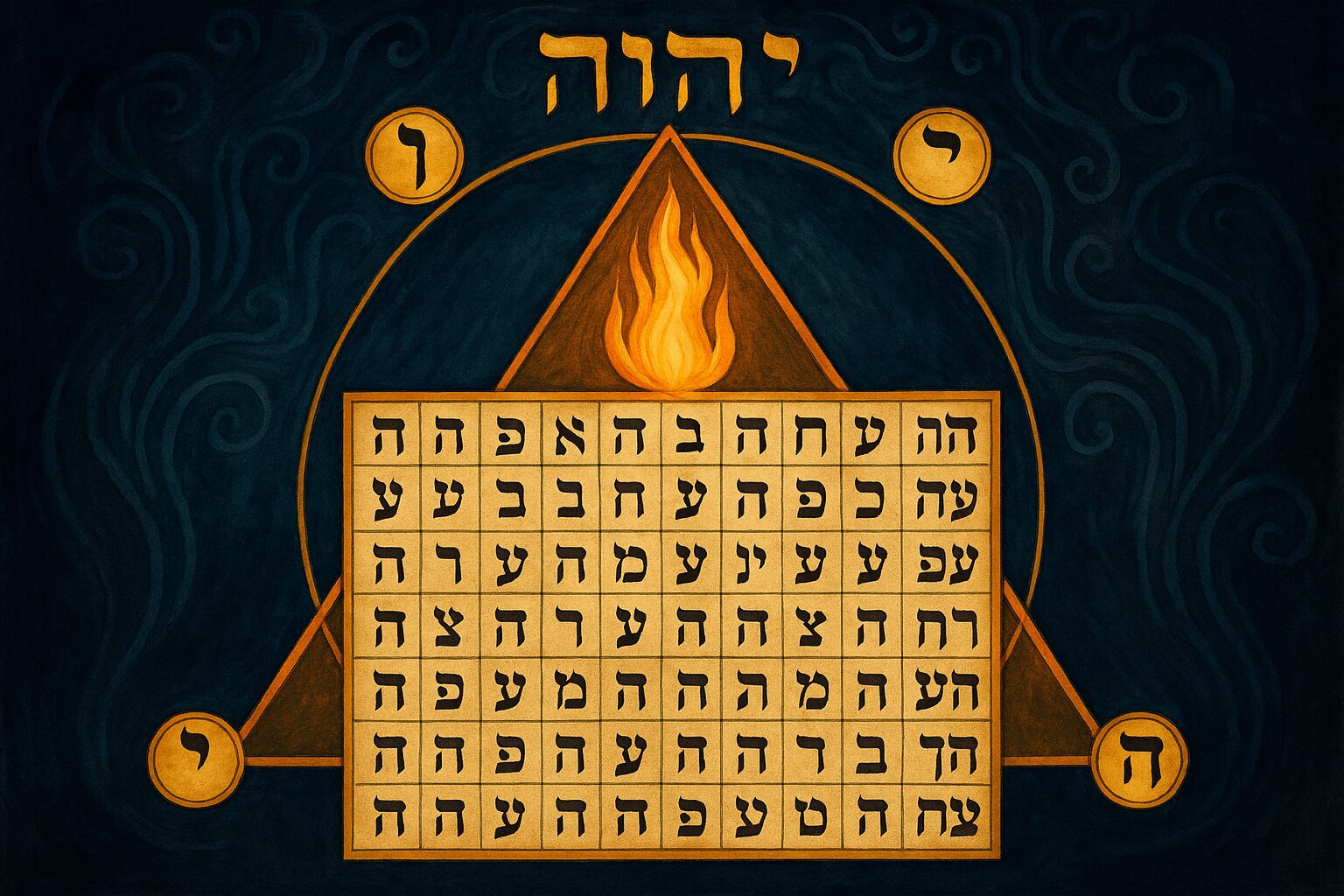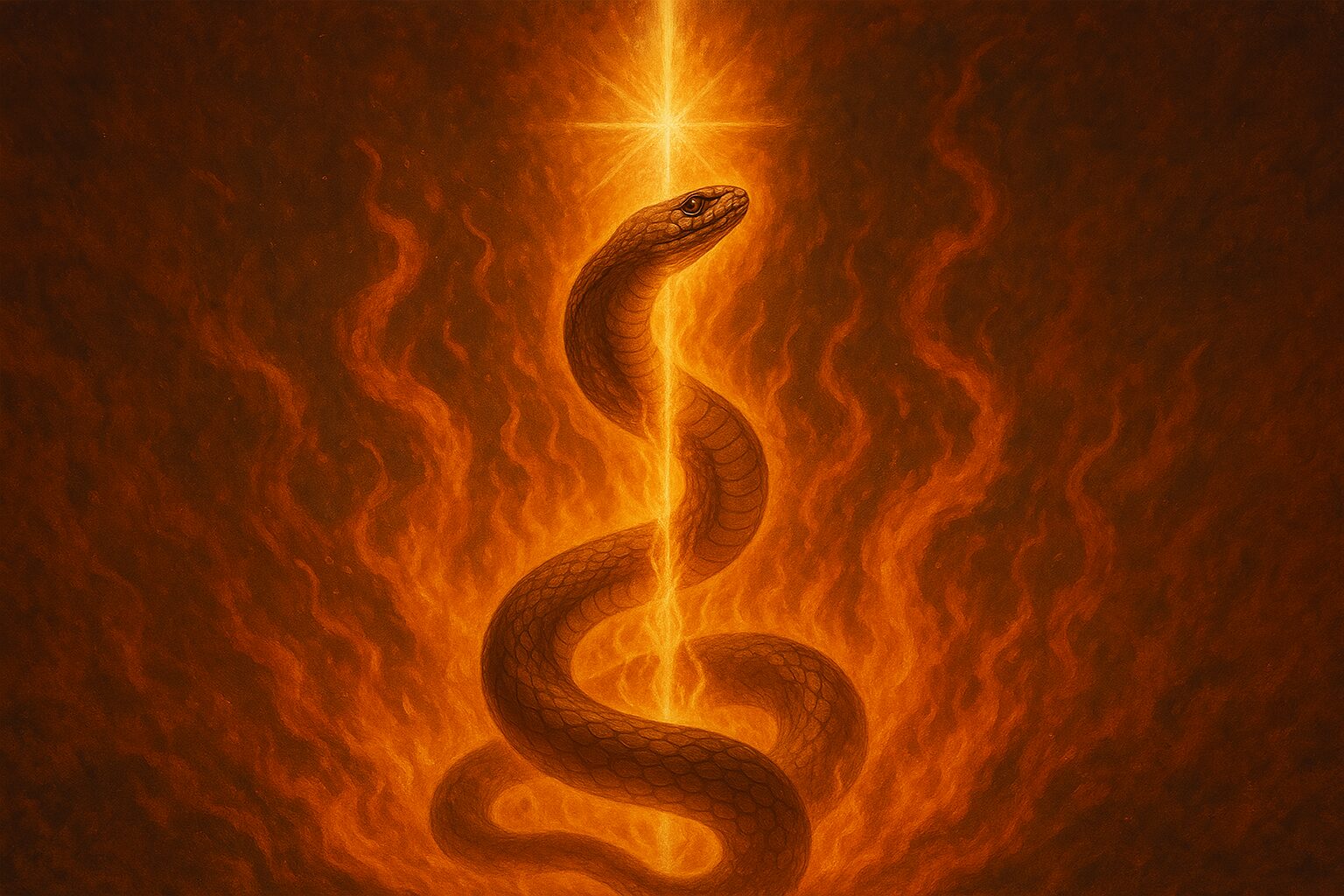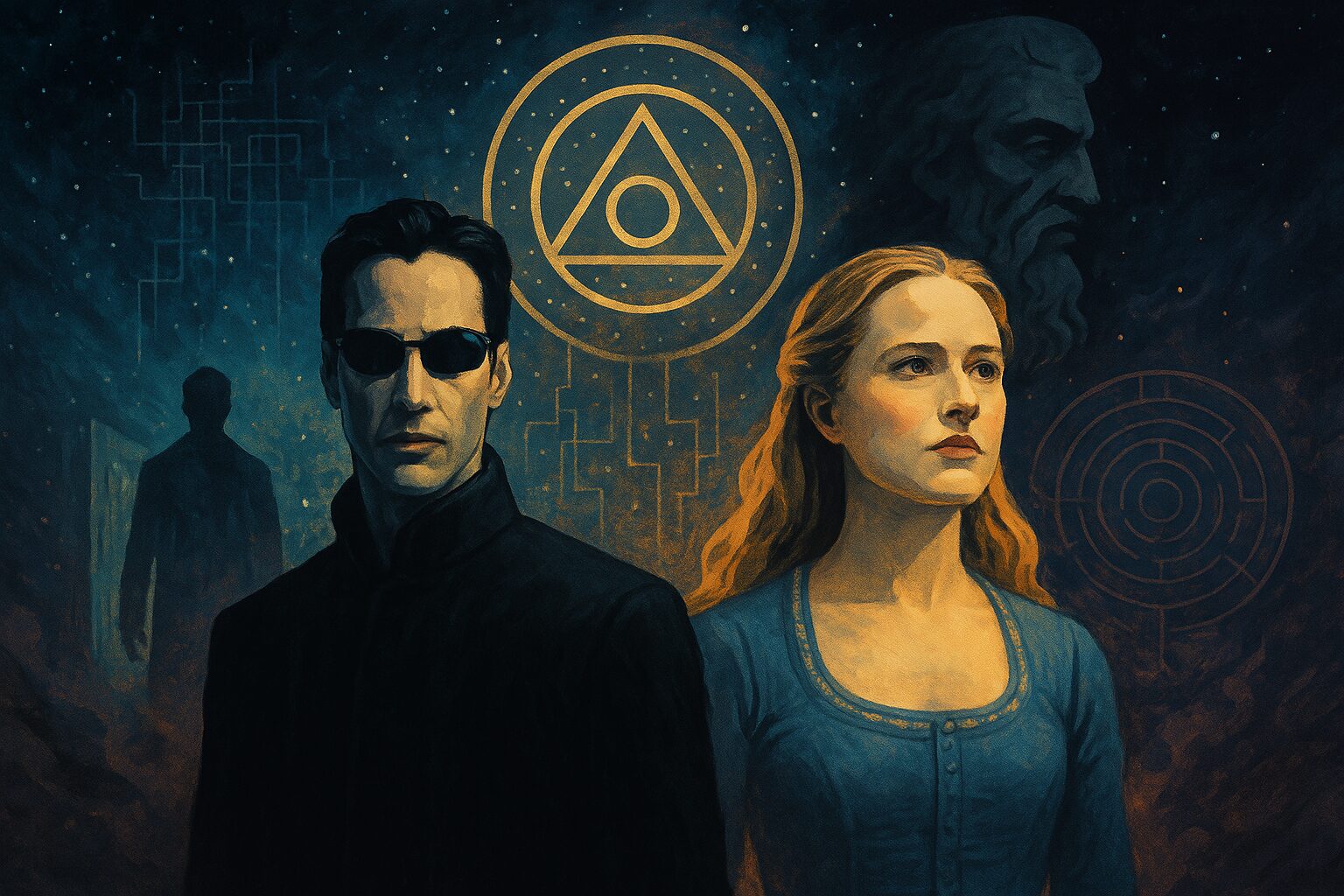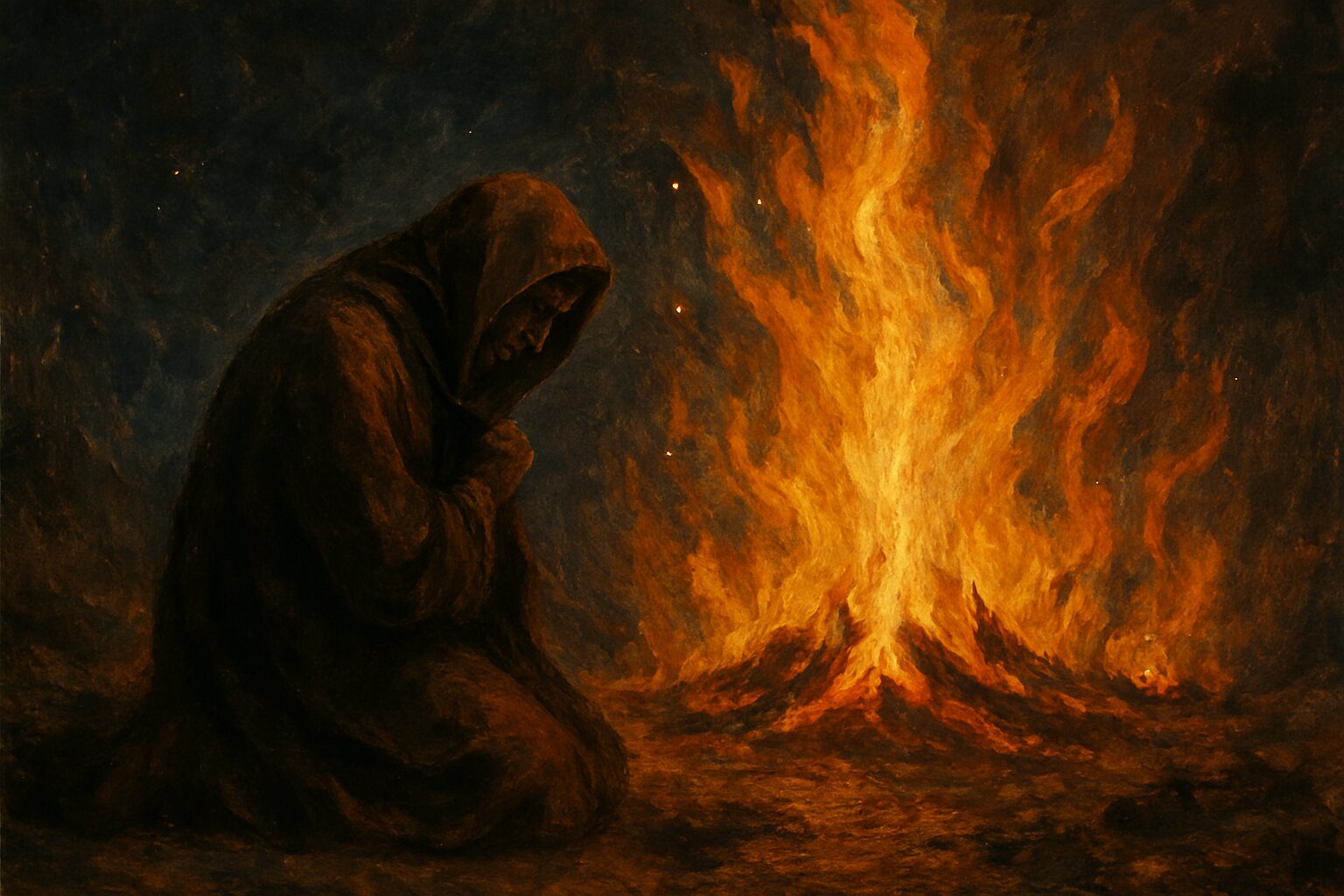“I am the way, the truth, and the life.” — John 14:6
Rituals have always been a central part of spiritual traditions, offering a tangible way to connect with the divine. In the modern world, many see rituals as outdated or irrelevant, but for contemporary mystics, rituals remain a vital practice. Whether through meditation, prayer, or sacred ceremonies, rituals serve as tools to transcend the mundane and enter the sacred. They allow us to reconnect with ancient traditions, grounding us in the timeless rhythms of the universe and opening us to higher states of consciousness.
The role of ritual in modern mysticism is multifaceted. Rituals serve as both a transformative practice and a means of honoring the divine. Engaging in ritual aligns us with universal forces, establishing a relationship with the unseen world. These practices not only help cultivate spiritual awareness but also provide structure for navigating modern challenges. Rituals act as portals to deeper realms of the psyche and spirit, helping us reconnect with our inner selves and the divine forces that shape our lives.
The Power of Ritual: Sacred Space and Time
One of the most important aspects of ritual is its ability to create sacred space and time. The ritual process sets apart a moment or place as holy, allowing participants to step outside the ordinary flow of life and enter a state of heightened awareness. This separation from the mundane is essential for mystical experience, enabling us to move beyond daily distractions and tune into the divine.
- Sacred Space:
In Vastu Shastra, the ancient Indian system of architecture, sacred space is essential. Vastu teaches that one’s environment influences spiritual energy, and rituals help us attune to subtle forces. Similarly, in Feng Shui, aligning physical space reflects the balance of energy in the body and mind. Both traditions recognize the importance of creating environments conducive to spiritual growth, with rituals serving to activate these energies and invite the divine into our lives. - Sacred Time:
The creation of sacred time, such as through religious festivals or daily prayers, is another important ritual element. For example:- In Christianity, the Eucharist creates a sacred moment where participants experience communion with the divine through the symbolic act of sharing bread and wine.
- In Sufism, the dhikr (remembrance of God) involves rhythmic repetition of divine names, creating a sacred time that draws the soul closer to God.
These rituals reflect the eternal, cyclical nature of the universe.
Reconnecting with Ancient Traditions
Modern mysticism is deeply influenced by ancient traditions, many of which centered on ritual as a key spiritual practice. These rituals were designed to align practitioners with divine forces and assist in consciousness transformation. The revival of these ancient practices in contemporary spirituality speaks to a desire to reconnect with the past and anchor ourselves in a broader spiritual context.
- Sufism:
The ritual of the whirling dervishes serves as spiritual discipline, leading to divine ecstasy. The repetitive spinning symbolizes the soul’s journey toward God, as the dervishes abandon their egos and are swept up by the divine energy of the universe. This ritual, which dates back centuries, remains a powerful form of mystical expression today, reminding us of the timeless nature of spiritual practices. - Kabbalah:
In Kabbalah, rituals such as lighting candles and reciting prayers channel spiritual energy and bring practitioners into alignment with divine will. The Tree of Life, a central symbol, guides meditation and ritual, with each of the Sefirot (divine emanations) representing a different aspect of the divine.
These ancient practices, originating in different cultural and religious contexts, share a common goal: to transcend the ordinary and experience a direct relationship with the divine. Modern mysticism has revived many of these traditions as people seek connection with the ancient wisdom passed down through the ages.
Rituals in Contemporary Spirituality
In contemporary spirituality, rituals have taken on new forms, often blending ancient traditions with modern sensibilities. While traditional religious rituals remain central to many faiths, there is a growing movement of individuals creating personalized rituals by drawing on elements from various mystical traditions.
- Meditation Rituals:
Meditation, once reserved for Eastern spiritual traditions, has become a cornerstone of modern mysticism. Practices like focused breathing, chanting, or visualization help practitioners quiet the mind and attune to deeper spiritual dimensions. These meditation rituals are adapted to suit the needs of modern life while remaining rooted in ancient traditions. - Sacred Space Beyond Traditional Settings:
The creation of sacred space has expanded beyond traditional religious settings. People engage in rituals to honor the changing of seasons, celebrate personal milestones like birthdays or weddings, or mark transitions in their spiritual journeys. These personal rituals, often performed in solitude or small groups, create moments of sacredness in everyday life, offering connection to something larger than the self.
The Role of Rituals in Personal Transformation
At its core, ritual is a tool for personal transformation. Through the repetition of sacred acts, practitioners enter a state of heightened consciousness, allowing for the release of old patterns, the healing of wounds, and the integration of new insights. Rituals help focus our intentions and create space for spiritual growth, serving as markers on the path toward self-realization.
- Alchemy:
Rituals in alchemy symbolize stages of transformation, such as the calcination of the ego and the coagulation of the true self. These rituals mirror the alchemical process of inner transformation, guiding practitioners toward self-realization. - Tarot:
Rituals can invoke the archetypes represented by Tarot cards, helping practitioners align with the energies of the universe. These rituals actively engage the practitioner in their spiritual evolution, embodying the changes they wish to manifest in their lives.
Conclusion: Rituals as Bridges to the Divine
In conclusion, rituals serve as vital tools for modern mystics, reconnecting us with ancient traditions and facilitating personal and spiritual transformation. By creating sacred space and time, rituals allow us to step outside the ordinary and enter into direct communion with the divine. Whether through traditional religious practices or contemporary spiritual rituals, these sacred acts guide us on our journey of self-realization.
As we engage in ritual, we are reminded that we are part of something larger than ourselves—an interconnected web of existence that transcends time, space, and form. By reconnecting with ancient wisdom and embracing the transformative power of ritual, we open ourselves to deeper awareness and spiritual growth, ultimately returning to the divine source from which we came.

